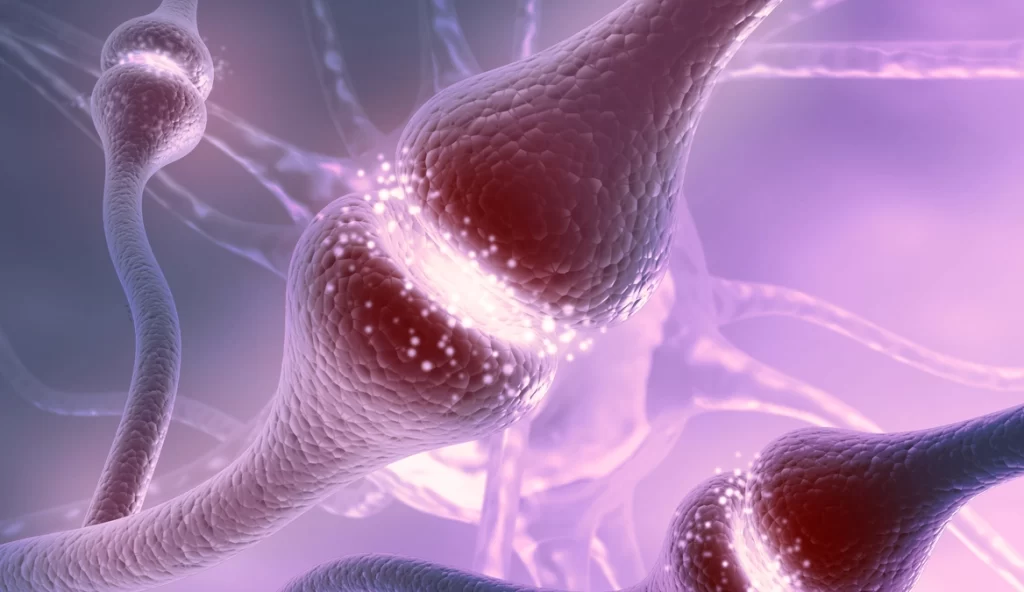We all know the feeling—life gets overwhelming, and suddenly, it seems like everything is piling up at once. Work deadlines, family responsibilities, personal goals, and unexpected stressors often compete for our attention, leaving us feeling mentally scattered and emotionally drained. At Comprehensive Fitness, I’ve found that one of the most effective ways to manage this mental clutter is through a simple yet powerful activity that encourages mindfulness and reflection. It’s called the plate activity.
The plate activity isn’t just about learning focus or engagement—it’s about getting clear on what’s truly causing stress in our lives and creating space for mindful reflection. It’s an easy way to bring awareness to the things that are weighing us down and, importantly, to help us see with clarity what’s within our control and what’s not.
What is the Plate Activity?
In essence, the plate activity is a mindfulness exercise that allows you to “unload” your mental clutter onto something tangible—a paper plate. The process is simple, but the impact can be profound.
Here’s how it works:
- Start with a paper plate: In a quiet setting, grab a paper plate and a pen or marker.
- Ask, “What’s on your plate?”: Take a few minutes to reflect on everything that’s currently occupying your mind. These might be personal stressors, work-related tasks, family concerns, or even minor anxieties that have been nagging at you. There’s no right or wrong way to do this—just begin to fill your plate with all the things weighing on you. You can draw, doodle, or write. The key is externalizing these stressors, getting them out of your head and onto the plate.
- Reflect and breathe: Once your plate is full, take a moment to sit with it. Review what you’ve written or drawn, and allow yourself to reflect. What do you notice? What feels heavier than you realized? Take a few deep, mindful breaths as you observe the thoughts and concerns in front of you. This helps bring clarity to what’s really taking up your mental space.
- Share with a partner: In group coaching, I often ask participants to partner up and share what’s on their plate. This opens the door for authentic conversations, where people can listen to and support one another’s stressors. By sharing with a partner, participants experience validation and connection, helping them feel less isolated in their challenges. I’ve also used this activity in personal settings, including with my wife. It provides us a space to share our stressors from our unique perspectives, offering a deeper understanding of what’s on each other’s minds. While the activity is simple, it creates a powerful opportunity to connect, both in group settings and personal relationships. I’ll write more about this personal experience in a separate post.
Why Does It Work?
The plate activity works because it leverages mindfulness—bringing awareness to what’s on your mind without judgment. By externalizing your stressors, you create space for reflection and clarity. Our brains are wired to juggle multiple concerns, but when we don’t take the time to intentionally process them, they can pile up and lead to mental fatigue.
Through this exercise, you allow your brain to “unload” some of that weight. Much like decluttering a room helps you see what’s really important, this activity declutters your mind, making it easier to prioritize and make decisions with clarity. In fact, many people report that just seeing their stressors on paper brings a sense of relief and control—they’re no longer vague worries swirling around in their heads.
Connecting the Plate Activity to Clarity and Control
After completing the plate activity, the next step is to look at what’s on your plate through the lens of Covey’s Circle of Concern and Circle of Influence. This is where the magic happens.
- Circle of Concern vs. Circle of Influence: Stephen Covey’s model divides the things we worry about into two categories—those we’re concerned about (Circle of Concern) and those we can actually control or influence (Circle of Influence). Once your plate is filled, take a moment to sort your stressors. Ask yourself, “Which of these are within my control?” Write these inside your Circle of Influence. For everything else, place them in your Circle of Concern. This helps you see where your energy is best spent. The more we focus on things within our control, the more empowered we feel.
- Internal and External Locus of Control: Similarly, consider the concept of internal vs. external locus of control. Internal locus means you believe that you have control over the outcomes in your life through your actions. External locus means you feel that external forces, like luck or fate, dictate what happens. As you review your plate, reflect on which items you have an internal locus over (things you can influence directly) versus those where you feel external forces at play. This reflection brings deeper self-awareness and helps you identify where you can take action.
Practical Applications: Why Use This Approach?
The plate activity isn’t just for stress relief—it’s a tool for personal growth and clarity. Whether you’re an individual trying to manage personal challenges or a leader trying to guide a team, this exercise brings immediate value by helping to sort out mental clutter and focus on what matters most.
Here’s why it works:
- Mindfulness and Reflection: The activity invites you to slow down and reflect. By physically creating space on your plate for the things you’re thinking about, you’re practicing mindfulness—observing without judgment and creating awareness.
- Emotional Regulation: Stress often triggers emotional responses that cloud judgment. By externalizing these concerns, the brain can regulate its emotional load more effectively. This helps reduce anxiety and brings a sense of calm and control.
- Clarity and Action: Once you can clearly see what’s within your control, you’re more equipped to take meaningful action. By distinguishing between concerns you can influence and those you cannot, you naturally shift your focus to areas where you can make progress, which increases feelings of empowerment.
Moving from Distraction to Action
The transition from mental clutter to clarity can be transformative. I often use the plate activity as a starting point in coaching sessions to help people see where their energy is going and how they can redirect it to more productive areas. Once we have clarity, we can take action—whether that’s identifying areas where we need to focus more or letting go of things outside our control.
One of the greatest benefits of this approach is how it opens the door to discussions about locus of control and action-oriented problem solving. When we acknowledge that some stressors are beyond our influence, we release the emotional burden of trying to control the uncontrollable. In turn, this allows us to dedicate more energy to the areas where we can actually make a difference.
Final Thoughts
The plate activity is more than a quick stress-relieving technique—it’s a mindfulness practice that helps us gain clarity, prioritize effectively, and reduce the mental clutter that overwhelms us. By following up with Covey’s Circle of Concern and Circle of Influence, and reflecting on internal and external locus of control, we gain a deeper understanding of where to direct our energy and efforts.
Having a tool like the plate activity in your toolkit can make all the difference. It’s a simple, low-cost way to reset your mind, refocus your attention, and approach life’s challenges with a clearer perspective. Whether you’re using it for personal development or leading others through it, this activity offers a path from distraction to clarity, helping you reclaim your focus and control over what matters most.


